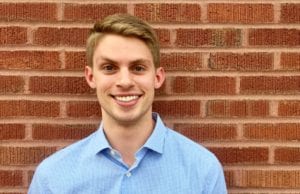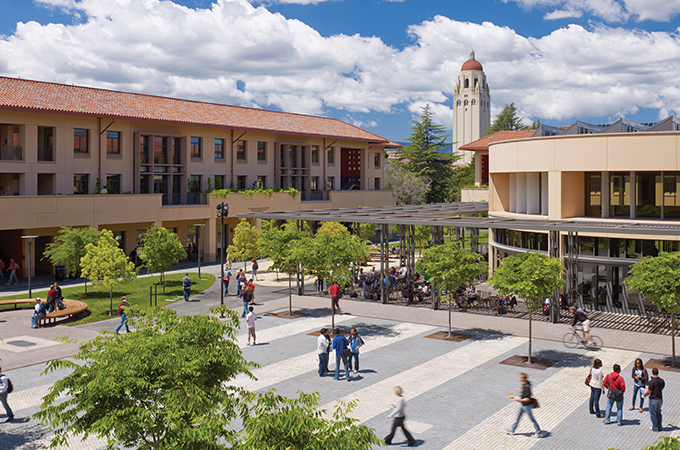Webster Groves native Taylor Seabaugh was working for 3M Corp. in St. Paul, Minnesota, last year when he started thinking about his professional future in ‘big picture’ terms. He studied chemical engineering at Cornell University and had developed an interest in the science of climate change, and he wanted to translate that into a business of his own.

Seabaugh already was considering an MBA from Stanford University when he learned of the school’s innovative new degree program that could help bring his goals within reach. To foster business leadership and economic development in the Midwest, the university’s Graduate School of Business unveiled the Stanford USA MBA Fellowship last year. The program provides students with strong Midwest connections up to $160,000 in tuition and fees over two years of full-time campus study. Participants pledge to take their skills and knowledge back to the heartland after graduation by working for companies there or starting their own.
Seabaugh, a John Burroughs graduate (‘09), applied for the fellowship’s first class in September 2016 and interviewed at Stanford a few weeks later. He learned of his acceptance right before the holidays. “My trip to campus confirmed that it would be the best next step for my career aspirations,” he says. Seabaugh is one of three students in the inaugural class; the others are Amanda Donohue-Hansen of Minnesota, who works in food agriculture, and Adam Verhasselt of Wisconsin, a banking relationship manager. The three started classes in September, and Seabaugh says he is excited to begin the journey toward his own startup. “I hope to develop a business concept through my coursework and collaboration with other students,” he says. “This program promotes unique opportunities for impact in the Midwest, and I think it’s an important step toward reversing the trend of coastal migration of business leaders.”
Stephanie Witlin, Stanford’s associate director of MBA admissions, says fellowship applicants must show eligibility in three areas: intellectual vitality, demonstrated leadership potential, and personal qualities and contributions. Then they must prove financial need and show strong ties to the Midwest, which include being born, raised and/or educated in one of the region’s 12 states. Fellowship students also must agree to work in the Midwest for two years after graduation, and they have a four-year window to accomplish that. Kristin Harlan, director of global media relations at Stanford, says the university’s promotion of the fellowship program already has contributed to a 25 percent increase in MBA applications from Midwestern candidates. To raise awareness, it holds August and September information sessions in cities across the 12-state region.
Witlin says this is not the first fellowship Stanford has offered—there are programs for students in India and Africa as well—but it is the school’s first in the U.S. She says the university hopes to expand the program to include greater numbers of students and other areas of the country. “Our other fellowships have been very successful, and we’ve seen the positive impact they have on their regions,” she says. “That’s why we extended our efforts to the Midwest. We want to help develop economies in that area by having future business leaders study with us from those states, and then bring back what they have learned to benefit their communities.”
Pictured: Standford campus
Photos courtesy of Stanford University








